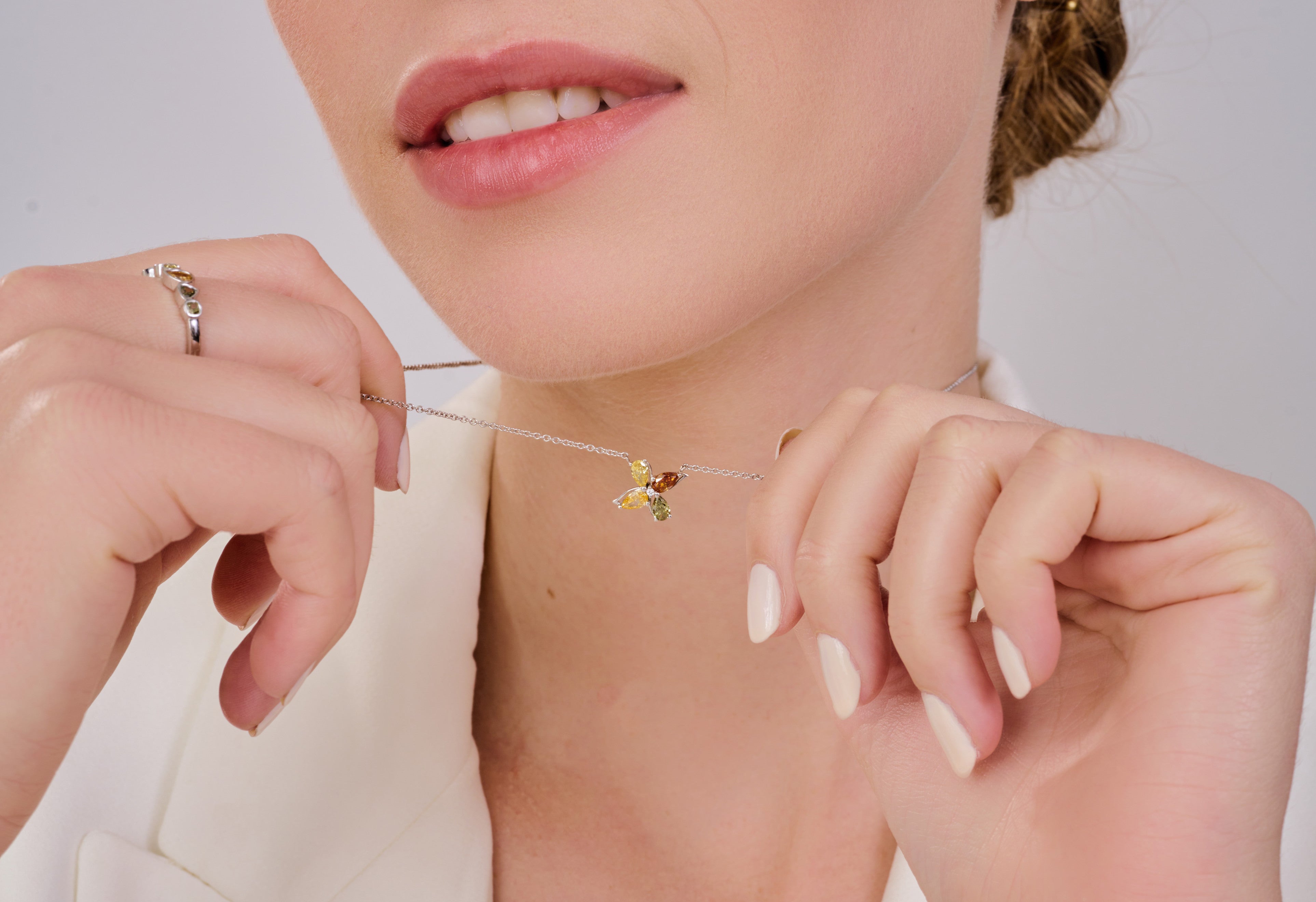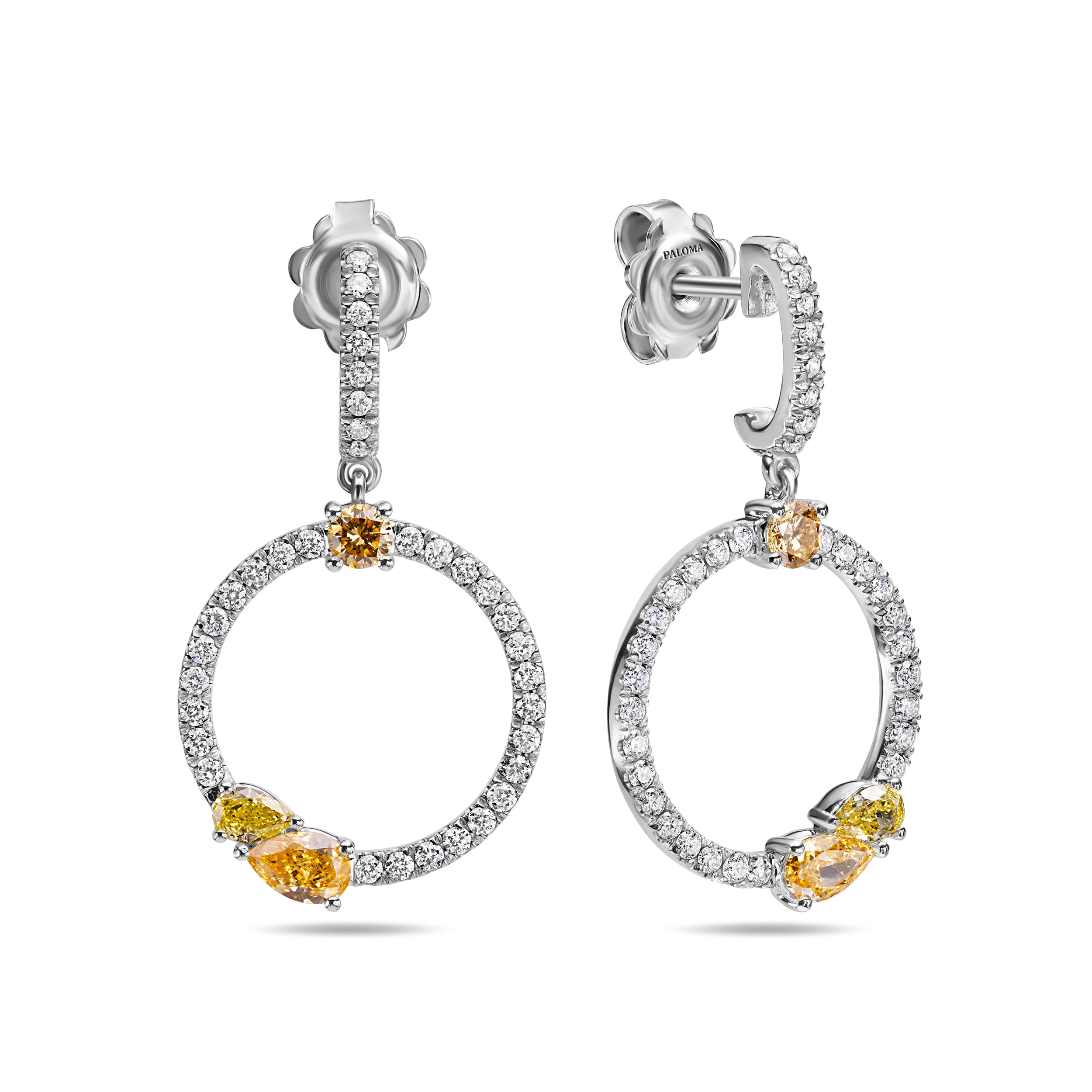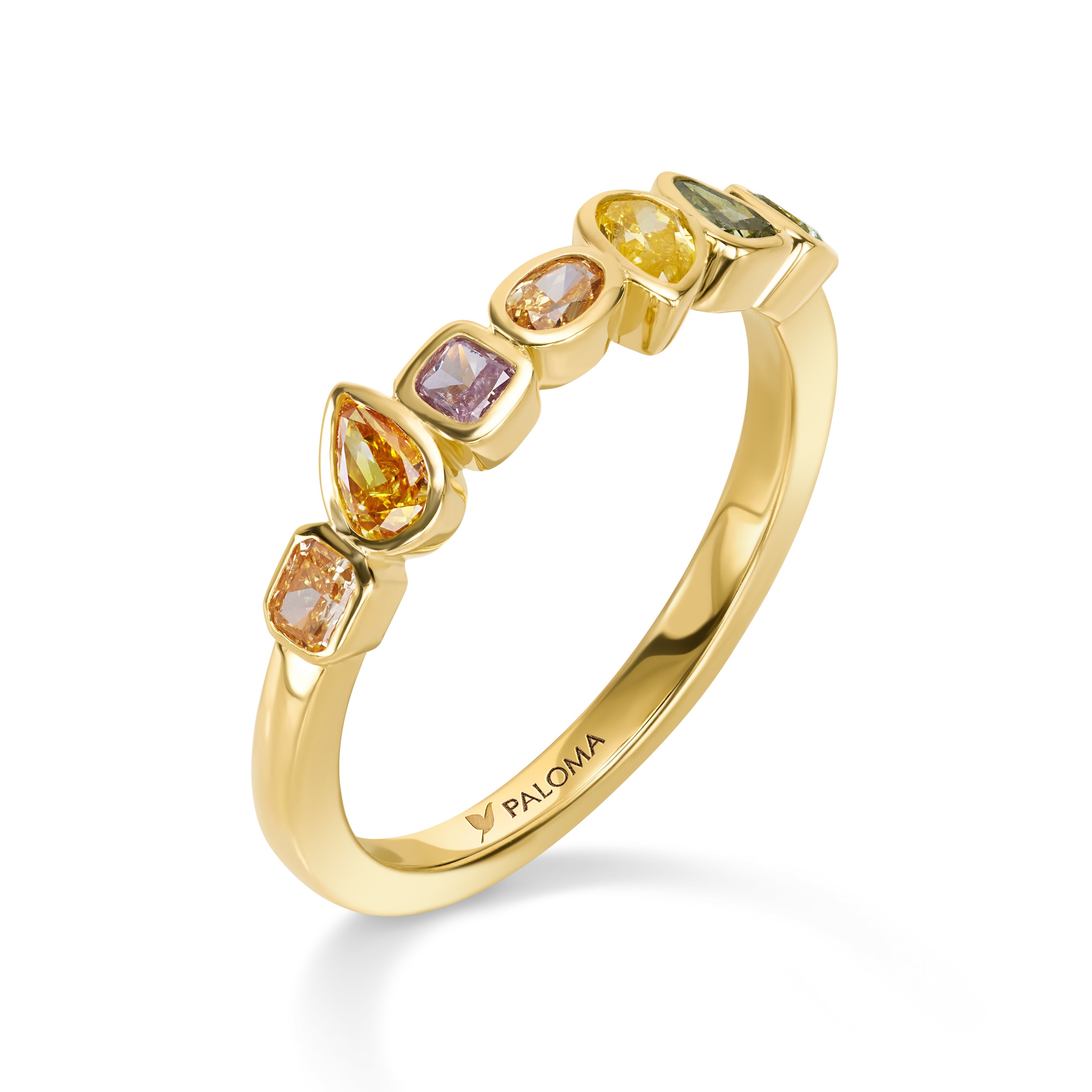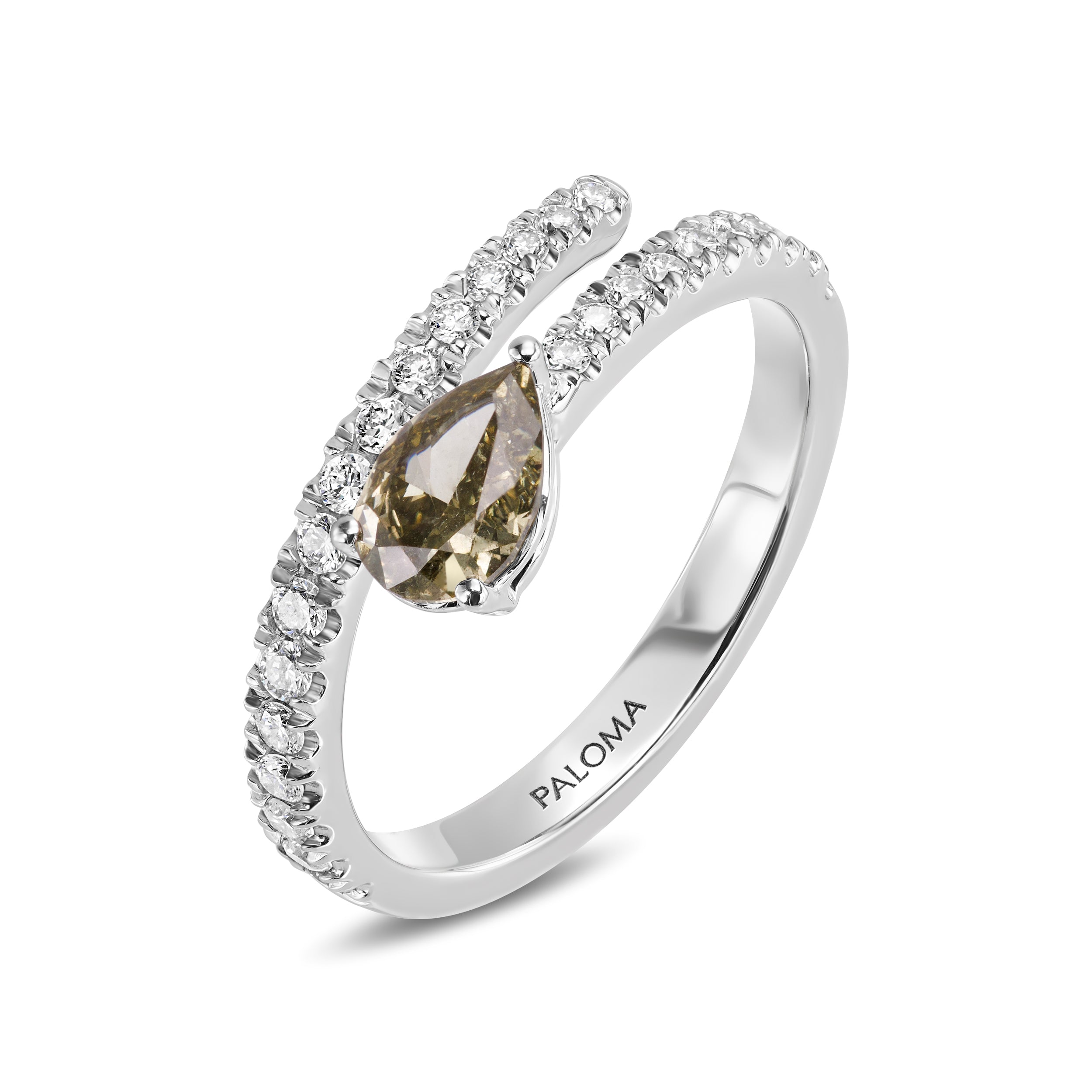
The Science Behind the Colors
The history of fancy color diamonds began centuries ago, where they first emerged as regal symbols of power and luxury. Unlike their more traditional counterparts, these diamonds display a spectrum of mesmerizing hues made by a natural deviation from the standard colorless formation. This deviation happens to be a rare occurrence, making each colored diamond a unique masterpiece of nature.

In fact, the science behind their beauty is a natural phenomenon. When impurities and structural anomalies occur within the diamond's lattice (the crystal structure) that’s where the fun starts. Elements like nitrogen, when they substitute for carbon atoms in the diamond's crystal structure, can cause yellow or orange tone diamonds. On the other hand, the presence of rare boron will give a diamond a striking blue color. This happens when boron atoms become integrated into the diamond's lattice, it then absorbs red, yellow, and green light, allowing the blue light to be reflected and clearly perceived by your eyes. And let’s not forget about pink and red diamonds. They owe their hues to structural distortions in the crystal lattice, which alters the way light travels through the stone and creates their gorgeous coloration.

Each fancy color diamond's hue results from a unique combination of geological conditions, element composition, and the diamond's journey from the depths of the Earth to its surface. This awe-inspiring process gifts us with these beautiful gems, making each fancy color diamond a rare and valuable treasure.


